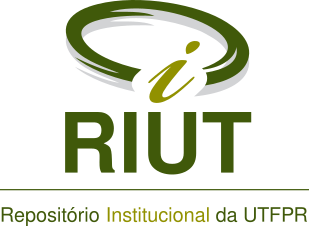Antioxidant effect of the wine residue production of the extract on oxidative stability of soybean oil
Resumo
The present work has as main objectives to optimize the extraction conditions of antioxidant phenolic compounds of the wine production of waste, prepared with Isabel and Bordô grapes (8:2) (Vitis labrusca) and evaluate soybean oil plus behavior of this extract through an accelerated storage test. The conditions that gave the extract with a higher content of total phenolics (TF) and the best antioxidant activity by the DPPH radical scavenging free method were dehydrating the residue at 80 °C and using 5.00 g of sample, 90 mL of ethanol/water 30% by magnetic stirring at room temperature for 4 hours (FT = 1222.68 ± 26.22 mg 100 g-1 AGE; IC50 = 876.78 ± 12.67 mg L-¹). This extract was added to soybean oil without antioxidants at concentrations of 1000 and 3000 ppm and the samples were subjected to an accelerated storage test at 65 °C for 17 days, compared to the synthetic antioxidant BHT (1000 ppm) and the antioxidant free oil as a negative control. The extracts were more effective than BHT in the oxidative stability of the oil in the first two days, delaying the formation of peroxides significantly. After 17 days, the BHT was able to inhibit by 51.2% the formation of peroxides in soybean oil, while the natural extract at a concentration of 3000 ppm inhibited by 27.0% and at concentration of 1000 ppm inhibited 24.0%, demonstrating the efficiency as natural antioxidant grape pomace extract.
Palavras-chave
Texto completo:
PDFDOI: 10.3895/rebrapa.v7n2.3482
Apontamentos
- Não há apontamentos.
Direitos autorais 2016

Esta obra está licenciada sob uma licença Creative Commons Atribuição 4.0 Internacional.





